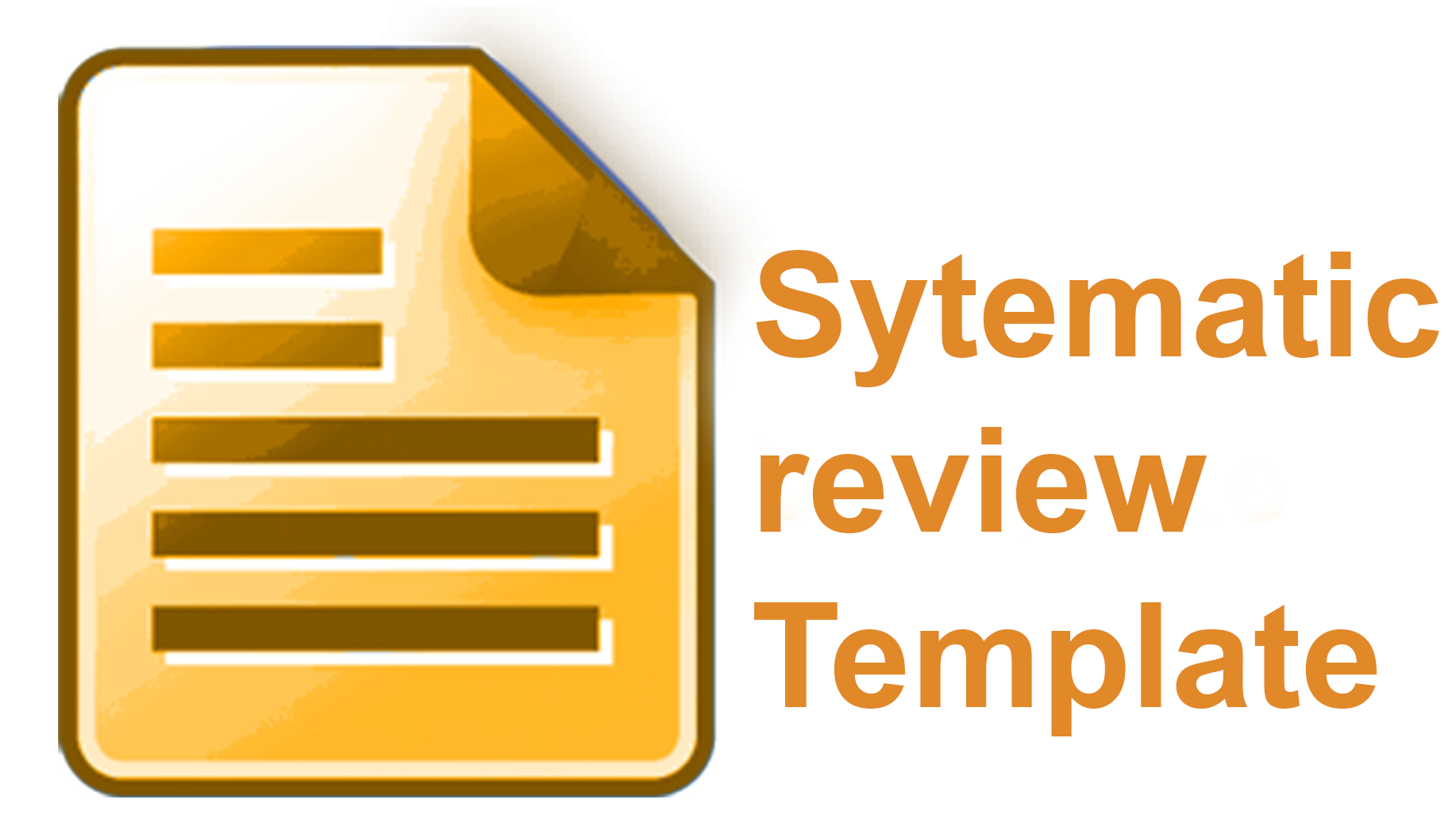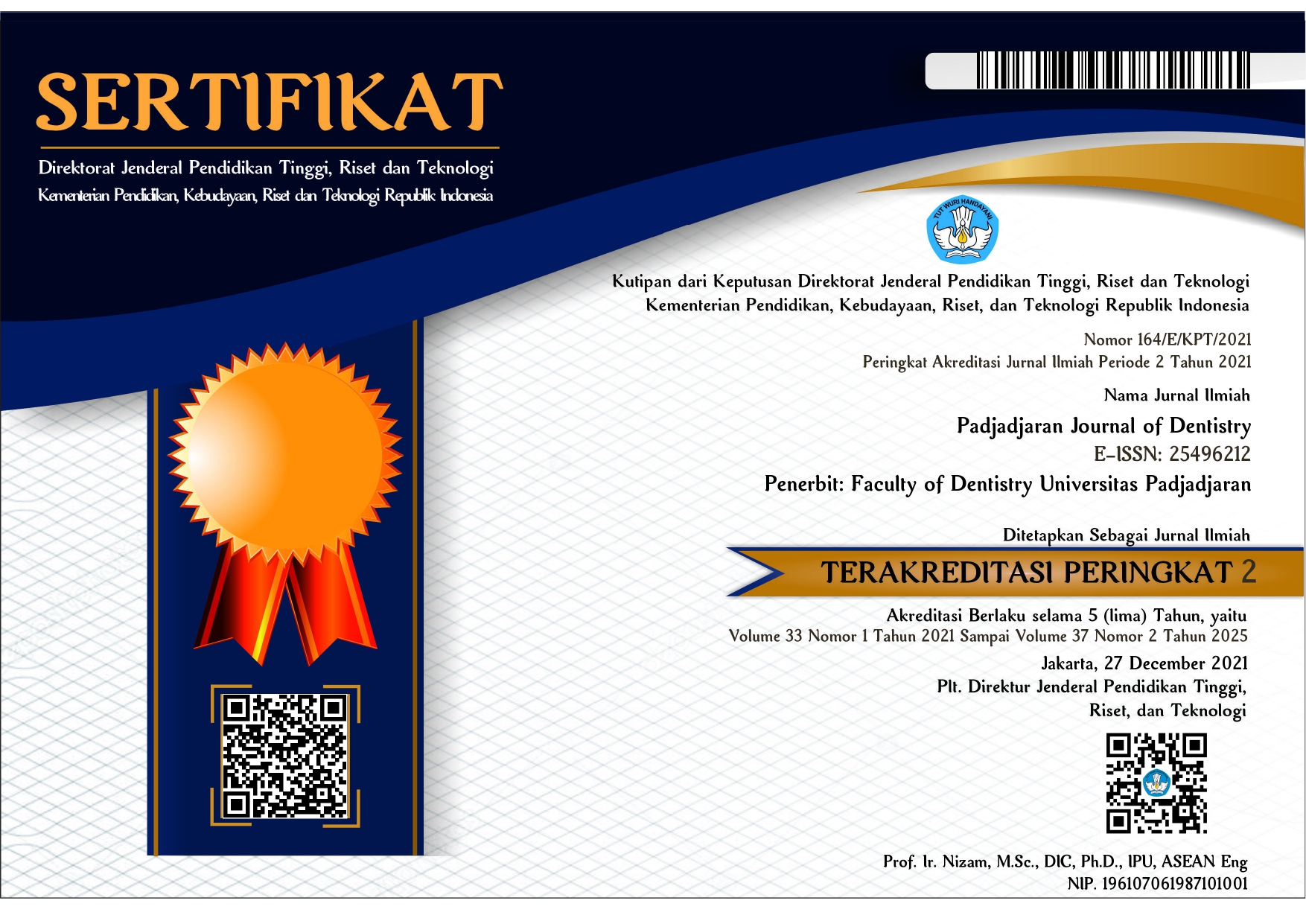Screening for Plagiarism
Plagiarism occurs when an author takes another person's idea or work and presents them as their own. It can take various forms, from literal copying to paraphrasing someone else's work without proper citation.
Turnitin is an application used to check for potential plagiarism in submitted manuscripts. This application compares the content of the manuscript with a large database that includes various sources such as journal articles, books, websites, and other students' works. Turnitin is highly useful in ensuring the originality of scholarly works and helps in detecting and preventing plagiarism.
For submitted manuscripts, the maximum similarity allowed is 20%. This means that if more than 20% of the manuscript's content matches sources in Turnitin's database, the manuscript may need to be revised to ensure all sources are properly cited and that no inadvertent plagiarism is present.
Uses of Turnitin:
-
Plagiarism Detection: Turnitin checks the submitted text against billions of web pages, journal articles, books, and student papers to detect similarities and potential plagiarism.
-
Promoting Originality: By providing a detailed similarity report, Turnitin helps authors understand which parts of their manuscript need to be changed or better cited, encouraging original writing.
-
Learning and Education: Turnitin is also used as an educational tool, helping students understand the importance of writing originally and citing sources correctly. Similarity reports can be used by instructors to provide constructive feedback to students.
-
Time-saving: Manually checking for plagiarism can be very time-consuming. Turnitin is automated and fast, allowing journal editors and instructors to check manuscripts efficiently.
-
Reliability and Accuracy: With an extensive database and sophisticated algorithms, Turnitin provides reliable and accurate results, helping maintain academic integrity and the quality of scholarly publications.
Using Turnitin to check manuscripts before publication is a crucial step in the editorial process to ensure that the work published is original and adheres to high ethical academic standards.





.png)

 All publications by the Universitas Padjadjaran [e-ISSN:
All publications by the Universitas Padjadjaran [e-ISSN: